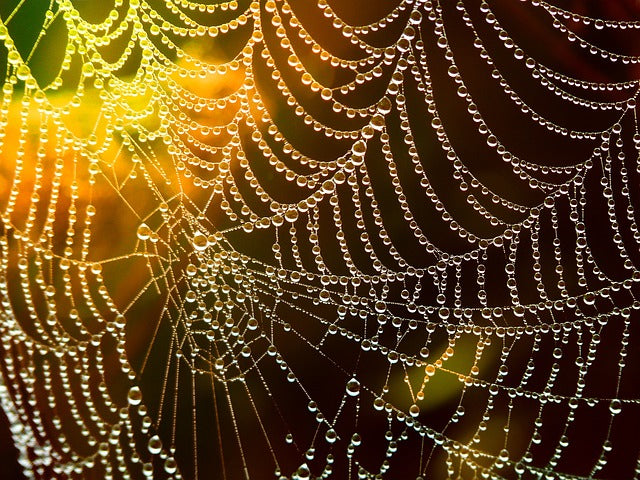Untangling webs
by Paul McGowan
My friend, Cookie Marenco of Blue Coast records, makes some awfully good recordings. I wouldn't be exaggerating to suggest that both she and Gus Skinas are some our industry's finest examples of great recording and mastering engineers unwilling to compromise sound quality. They are among a rare handful of essentials preserving the sanctity of the recording arts.
Cookie, like Gus, Ted Smith, and myself, are committed to DSD as a recording and playback medium—something hard not to support when you hear just how natural and breathtakingly real music comes across. And part of the reason DSD sounds so natural, so analog-like, is found in its very analog-like operation. Unlike PCM, a DSD stream can be played directly into analog equipment without the need for a converter, something PCM cannot do.
DSD is very much like analog with far greater dynamic range.
The reason for this rant that includes my friend Cookie is an attempt to untangle a complex subject. I have pointed out my fascination with DSD as a more analog-like waveform for many years now—pointing it out to the extent some have taken off to the races suggesting it is analog and not digital.
Poor Cookie got tangled up in the middle of this heated debate, fanned (apparently) by flames I started in some post.
To set the record straight, Direct Stream Digital is (as its name implies) digital: a series of 1s and 0s running at a fixed clock speed. That much is pretty simple. I think where the train might leave the tracks is that DSD's particular flavor of digital, Pulse Density Modulation, means that unlike Pulse Code Modulation, DSD does not require code to first be deciphered before playback. In fact, the output of a DSD stream needs only a bit of low pass filtering to clean up the transitions and out comes analog.
DSD is far more analog-like than traditional PCM in both its sound quality and operation.
And we love it.
- Choosing a selection results in a full page refresh.
- Opens in a new window.








